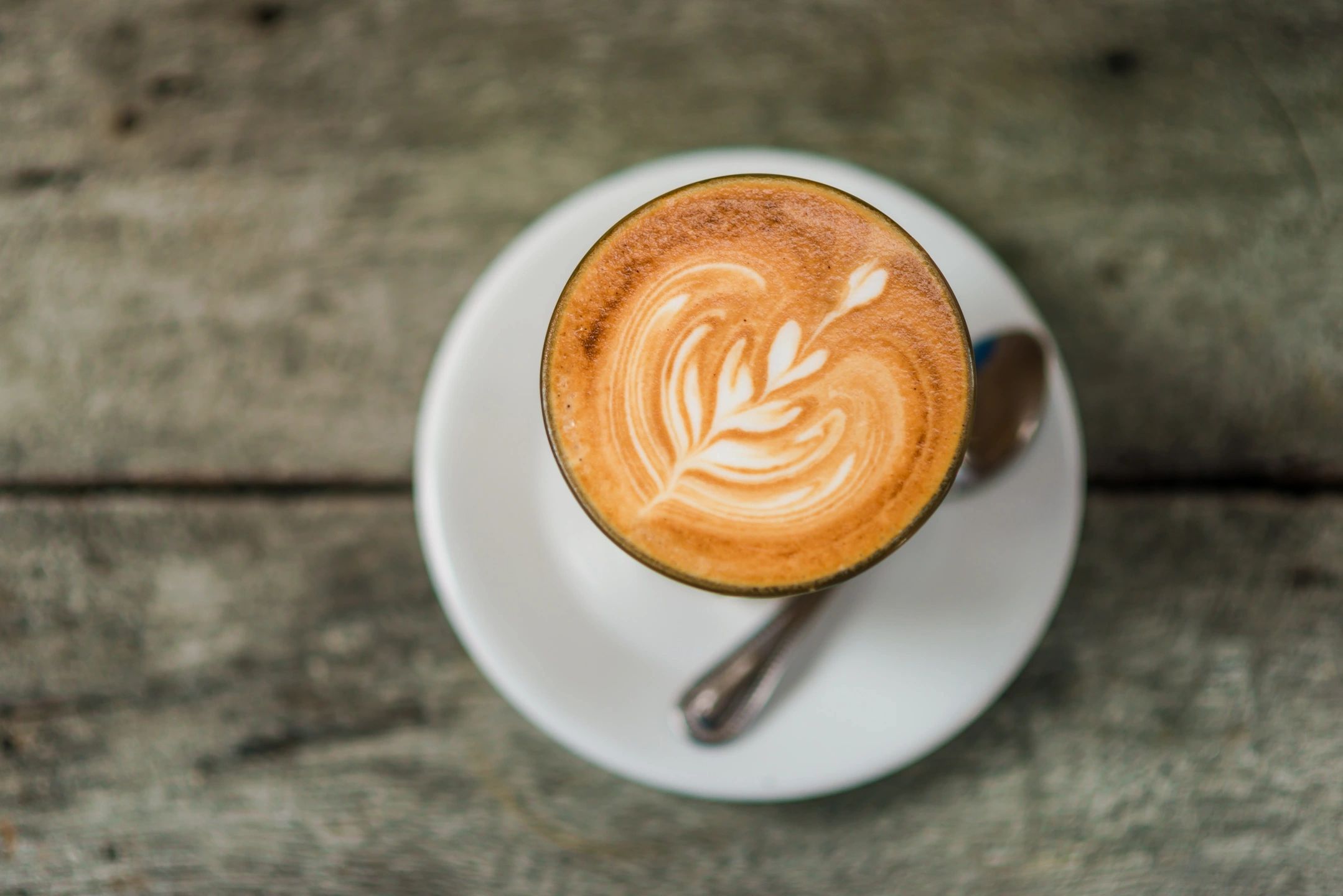There’s something undeniably enchanting about the perfect cup of coffee. Whether it’s the robust aroma that greets you in the morning or the rich, complex flavors that unfold with each sip, coffee has a way of captivating the senses. Achieving that ideal brew requires understanding various coffee types and mastering different brewing methods. From the nuances of bean selection to the intricacies of grind size, this guide will walk you through the essentials of brewing and savoring coffee like a true aficionado.
Understanding Coffee Beans
The journey to a perfect cup of coffee starts with the beans. The origin of coffee beans plays a pivotal role in determining their flavor profile. Coffee beans are primarily categorized into two main types: Arabica and Robusta. Arabica beans, known for their smooth, nuanced flavors and aromatic qualities, dominate the specialty coffee market. They offer a diverse range of tastes, from fruity to nutty, and are often considered the superior choice for high-quality brews. Robusta beans, on the other hand, possess a stronger, more bitter taste and a higher caffeine content. They are commonly used in espresso blends for their boldness and crema-enhancing properties.
The Art of Grinding Coffee
Grinding coffee beans is an art as much as it is a science. The grind size directly affects the flavor and strength of your coffee. A coarse grind is ideal for brewing methods like the French press and cold brew, where a longer steeping time is required. Conversely, a fine grind is essential for espresso machines, which use high pressure and short extraction times. Drip coffee makers and pour-over systems typically call for a medium grind. Ensuring the correct grind size for your brewing method is crucial to achieving optimal flavor extraction and avoiding over-extraction or under-extraction.
Exploring Brewing Methods
Different brewing methods can transform the same beans into vastly different cups of coffee. Each method offers a unique experience:
- Drip Coffee Makers: These are perhaps the most convenient brewing devices. They use a paper or metal filter and brew coffee by dripping hot water through the grounds. The result is a clean, straightforward cup that can be adjusted for strength and flavor.
- French Press: This method involves steeping coarsely ground coffee in hot water for several minutes before pressing the grounds with a plunger. The French press produces a rich, full-bodied coffee with more oils and sediments, offering a robust flavor profile.
- Espresso Machines: Espresso machines use high pressure to force hot water through finely-ground coffee. This method yields a concentrated shot of coffee with a creamy layer of crema on top. Espresso serves as the base for various coffee drinks, including lattes and cappuccinos.
- Pour-Over: Pour-over brewing requires manually pouring hot water over coffee grounds in a filter. This method allows for precise control over brewing variables and can highlight subtle flavors and aromas.
- Cold Brew: For those who prefer a chilled option, cold brew involves steeping coarsely ground coffee in cold water for an extended period. The result is a smooth, less acidic coffee that can be enjoyed over ice.
Perfecting Your Brew
To achieve the perfect cup, attention to detail is essential. Water quality and temperature play significant roles in brewing. Ideally, use filtered water heated to around 200°F (93°C) to avoid scalding the coffee or under-extracting it. Brew time also impacts flavor; different methods require varying steeping times to balance strength and smoothness. Additionally, the coffee-to-water ratio should be adjusted based on personal preference and the chosen brewing method. Generally, a standard ratio is about 1 to 2 tablespoons of coffee per 6 ounces of water.
Enhancing Your Coffee Experience
Elevating your coffee experience goes beyond the brewing process. Experiment with adding flavors such as syrups, spices, or a splash of milk to create personalized blends. Pairing coffee with food can also enhance the tasting experience, whether you enjoy it with a croissant or a rich chocolate dessert. Establishing a coffee ritual, such as a dedicated time for brewing and savoring your cup, can turn coffee drinking into a cherished daily practice.
Summary
In the quest for the perfect cup of coffee, understanding coffee beans, mastering grind sizes, and exploring various brewing methods are key. By paying attention to water quality, brewing times, and ratios, you can fine-tune your coffee experience to suit your tastes. Don’t be afraid to experiment with flavors and pairings to find your ideal cup. Embrace the journey of brewing and savoring coffee—each cup is an opportunity to explore new depths of flavor and enjoyment.
Please like, comment, and share this article if you found it helpful and
informative.
Visit https://bigtownbulletin.com if you would like to see more of this content.
Please like, comment, and share this article if you found it helpful and
informative.
For more news check out Big Town Bulletin News
For more from Big Town Bulletin check out Big Town Bulletin


